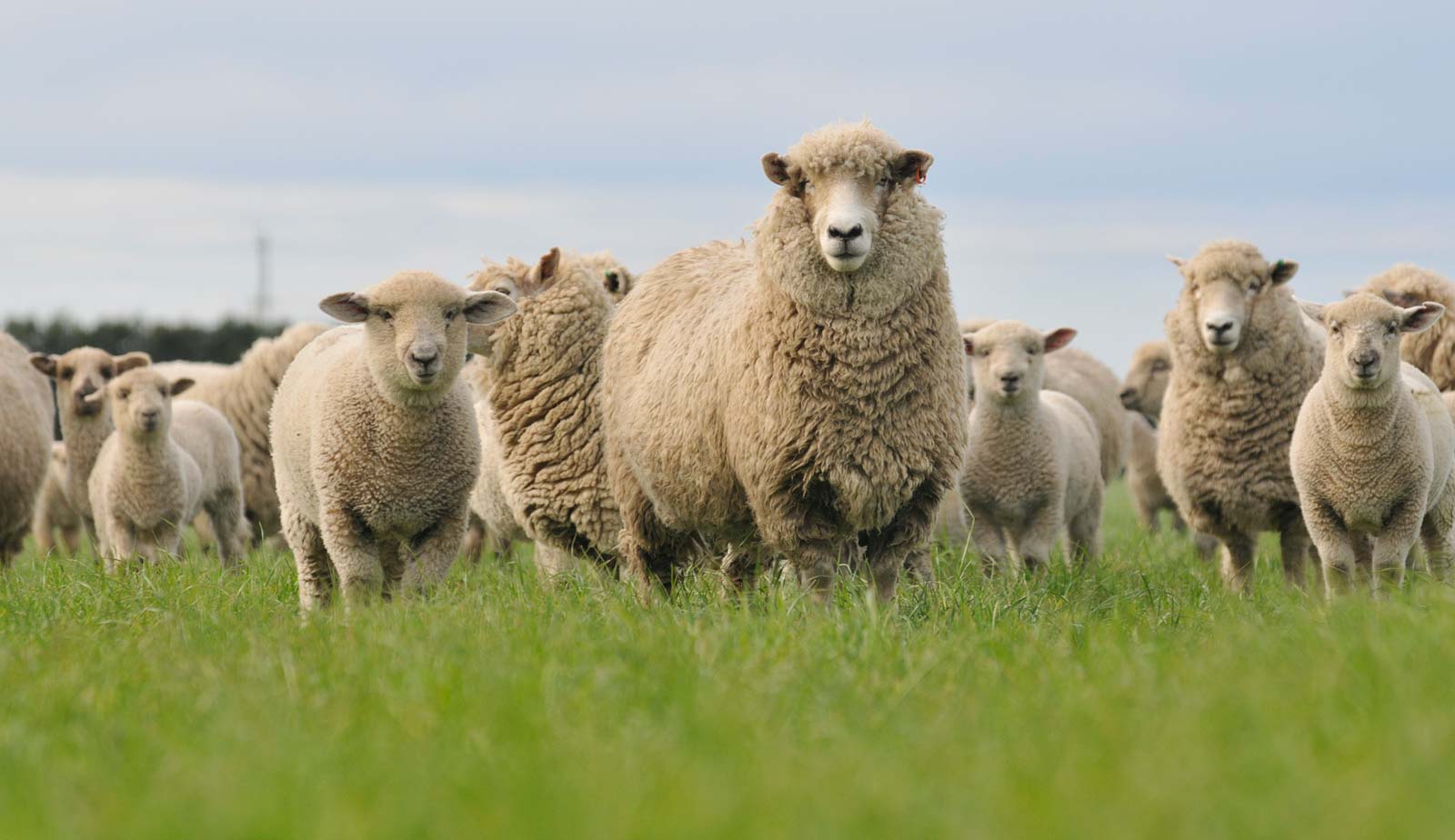How accurately do DNA profiles match real life?

Progeny test vs calibration flock
What is the difference? In a progeny test, rams of various breeds are assessed by measuring how their lambs perform under the identical farming conditions. This level playing field approach informs the genetic information behind each ram and helps breeders and commercial farmers in their decision making.
A genomic calibration is about testing how closely an animal’s DNA profile matches its performance in real life. On Duncraigen, information gleaned from calibration flock lambs is immediately used to refine the genomic predictability behind eating quality measures – specifically, meat tenderness, pH, marbling and colour. The actual carcase merit performance of lambs is compared to what the genetic data predicted. SNP tests can be developed that allow a ram lamb to be assessed as soon as he is born – the results immediately revealling how he will perform as a sire (rather than waiting for him to mature and sire live lambs for assessment). The more tests/comparisons done, and the closer these animals are to the lamb in question, the more accurate the SNP tool.
With a focus on evaluating composite terminal breed rams, the calibration flock currently incorporates Suftex, Suffolk, ANZCO, Kelso and Focus Genetics (FocusPrime and Texel) sires.
The calibration flock
The calibration flock was established in 2011, as part of FarmIQ – a Primary Growth Partnership (PGP) programme investigating genetic selection for eating quality in sheep. The PGP partners are Silver Fern Farms and Landcorp, with the Ministry for Primary Industries.
Today, 800 mixed-age Romney ewes are mated to about 40 mixed-age and hogget rams from the five breeders/breed groups involved. Progeny for finishing are weighed several times, before being processed and loin samples collected for meat quality measurements. All lambs have a DNA sample taken, which is run through the SNP test. The phenotypic and genotypic measurements are then combined to refine the genomic predictability equation.
The flock already has links with the B+LNZ Genetics’ Central Progeny Test Hub sites and across years.
 Back
Back

